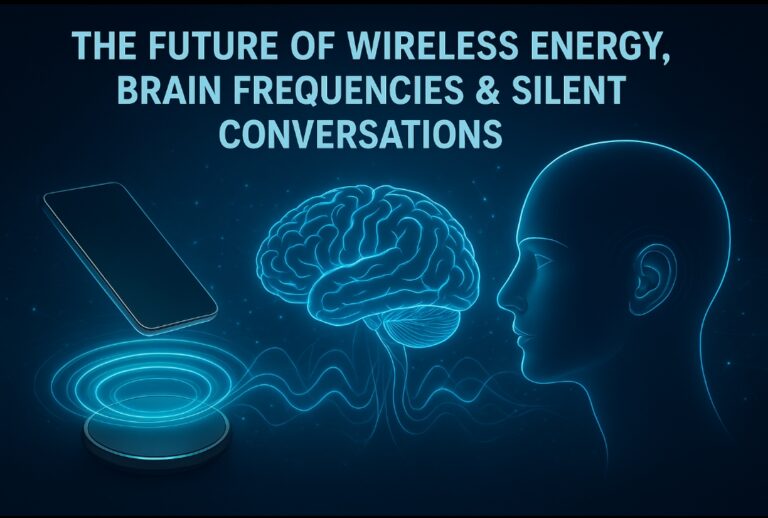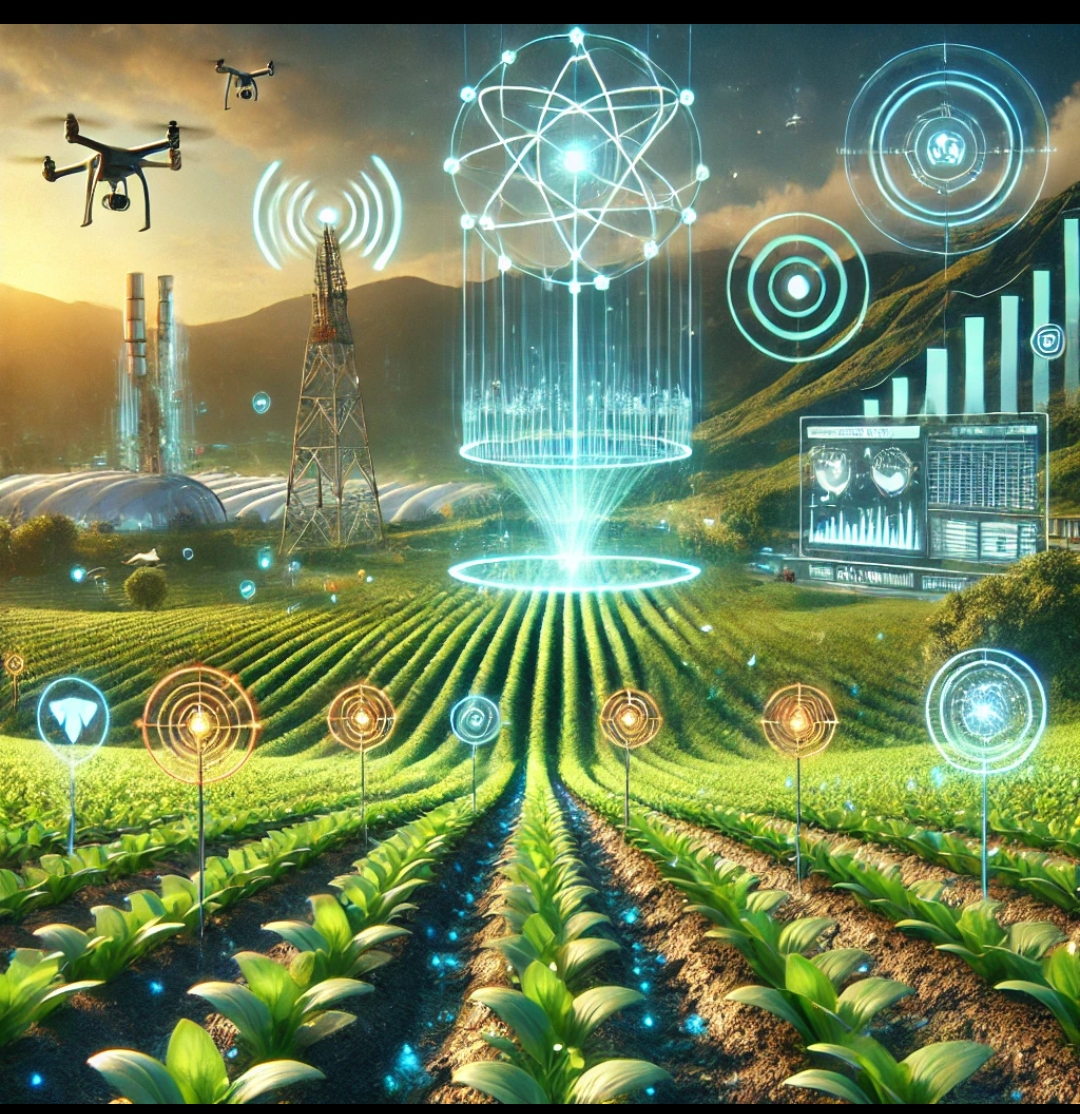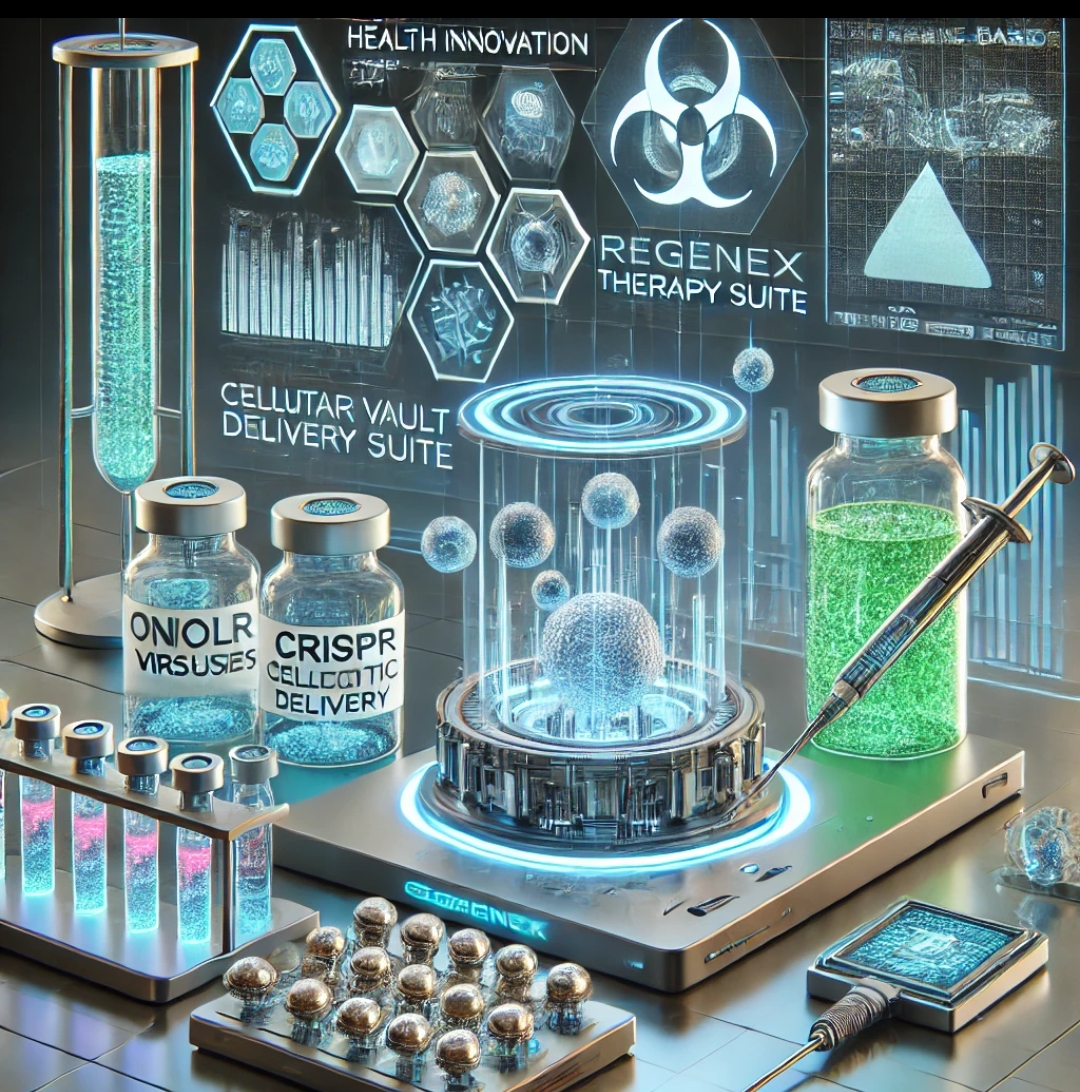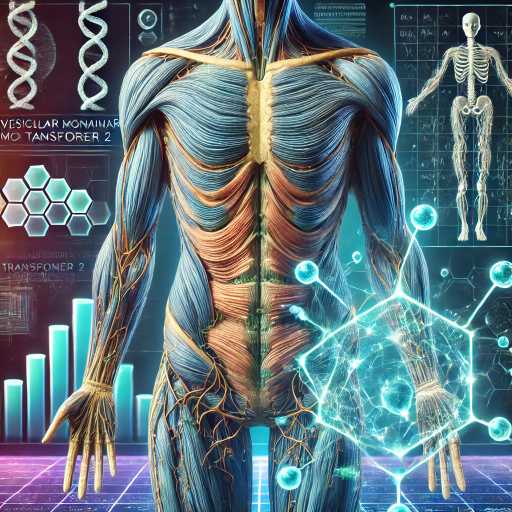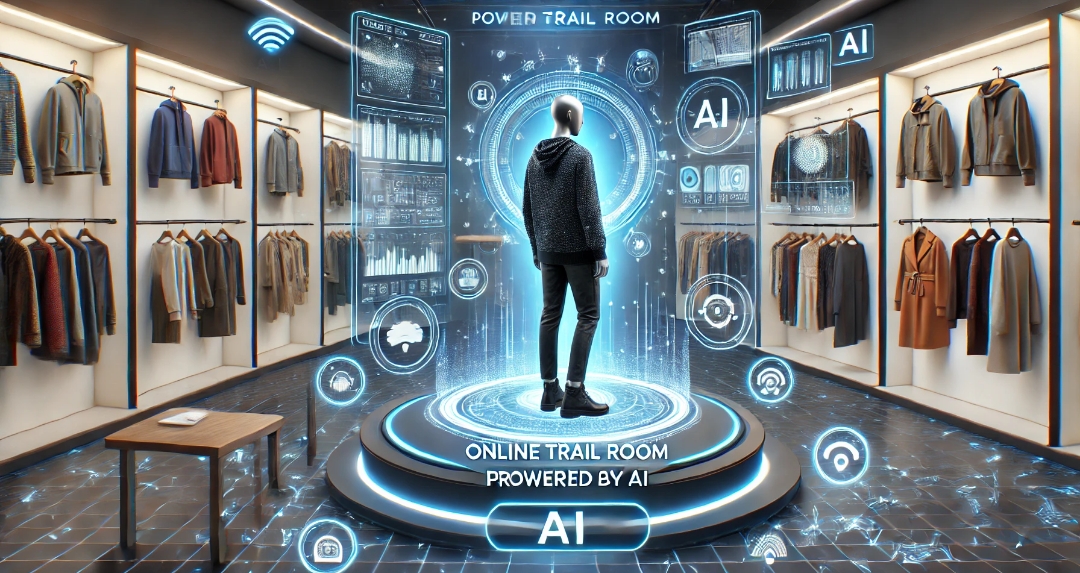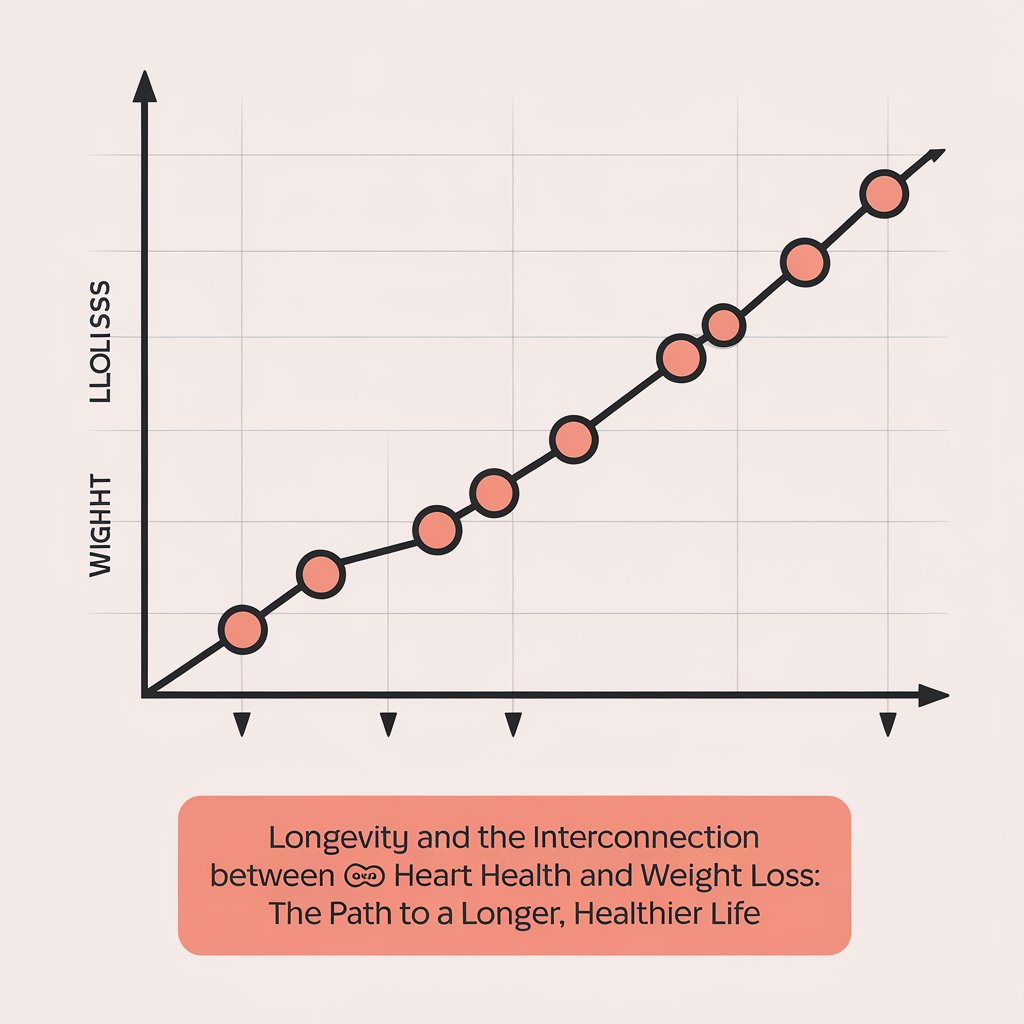Once upon a time, human beings thought the impossible was truly impossible. And then came a few restless minds who said: “What if?”
Think of Michael Faraday in the 1830s, playing with coils, magnets, and sparks. His discovery of electromagnetic induction was the seed of modern wireless charging. Fast forward a few decades, and Nikola Tesla, with his wild eyes and wilder dreams, asked: “Why stop at centimeters? Why not transmit power wirelessly across continents?” He built giant coils, tried to harness Earth’s resonance, and believed energy could be transmitted through the very fabric of the planet. Though the world wasn’t ready, the vision was planted. 🌍⚡
Even Albert Einstein hinted at unseen energies shaping reality, while Marie Curie proved invisible radiation could heal or harm. Add the wisdom of yogis like Swami Sivananda, who taught that thought itself is a frequency, capable of traveling beyond the body, and suddenly we see a golden thread weaving science and spirituality together.
🎶 The Symphony of Resonance
Every object in the universe vibrates with its own natural frequency — from the Earth’s heartbeat at 7.83 Hz (Schumann resonance) to the rhythm of your brainwaves. Resonance happens when two frequencies match — like a singer shattering glass by holding the right note, or a bridge collapsing because marching soldiers synced perfectly with its vibration.
Tesla believed if we could tune into nature’s resonance, we could transmit limitless wireless energy. And modern physics agrees — resonance is not a myth, it’s a universal amplifier. When the external matches the internal, energy transfer becomes effortless.
🧠 Memory, Brain Frequencies & Telepathic Signals
Here’s where things get fascinating. Your brain is not just a mush of neurons — it’s a broadcasting station. Every thought is an electrical impulse, riding on frequencies from delta waves (0.5–4 Hz, deep sleep) to gamma waves (30–100 Hz, peak focus and memory encoding).
Think of memory as a biometric signal stored in frequency form. Thoughts don’t die — they linger, waiting for the right resonance to reawaken them. That’s why a smell, a song, or a frequency can suddenly unlock a long-forgotten memory. In a sense, the brain is already wired for long-distance energy transfer — we just don’t have the “receiver coils” yet.
🦾 From Wireless Power to Wireless Thoughts
Here’s where the leap happens.
When you wirelessly charge your phone today, it’s non-resonant induction — millimeters, not miles. Tesla wanted resonant induction — energy transmitted over oceans, amplified by Earth’s frequency.
Now imagine applying that same principle not to electricity, but to neuro-muscular signals. That’s exactly what MIT’s Alter Ego device does.
When you think of speaking, your brain sends tiny neuromuscular signals to your jaw and vocal cords. You don’t notice them, but they’re there. Alter Ego’s electrodes pick them up, decode them with AI, and convert them into words. Using bone conduction, it whispers the reply directly into your ear — silently, privately.
💡 Two people wearing Alter Ego could hold an entire telepathic conversation without ever speaking. One thinks → signal captured → transmitted → the other hears it in their skull. And back again.
🚀 The Future: Telepathic Portals & Quantum Conversations
Now connect the dots. Tesla’s dream of wireless resonance transfer + Alter Ego’s neuromuscular decoding = the blueprint of practical telepathy.
In the near future:
🧑🤝🧑 People may converse silently in crowded places without speaking a word.
🏥 Doctors may treat ADHD, dyslexia, OCD, delusions, phobias by tuning faulty brainwave frequencies back into harmony.
🌐 Communication could bypass language barriers — thought translated instantly into any tongue.
🔮 Long-distance healing may become scientific, where a healer’s resonant brain frequency syncs with a patient’s, restoring balance.
🛰️ Quantum frequency relays could enable instant interplanetary communication, not with radio waves, but with thought-waves.
🌟 From Myth to Medicine
Ancient yogis said thoughts travel faster than light. Tesla called the brain a “receiver of frequencies.” Today’s neuroscientists confirm the brain emits measurable waves. And tomorrow’s engineers are building devices to tune, capture, and amplify them.
What once sounded mystical is now a fusion of neuroscience, quantum physics, and medtech innovation. The line between parapsychology and applied science is blurring.
Silent Speech at Scale — How AI, IoT, VR, LLMs, Robotics & Chips Converge to Turn Thought into Voice
Imagine a world where silence is not a barrier. Where a person with paralysis thinks a sentence and it is heard, in real time, by a loved one across the globe. That world is now technologically plausible because several fast-moving fields are converging: sensor science, machine learning (including LLMs), low-power edge chips, robust IoT connectivity, VR/AR interfaces, and robotics. Together they create a telepathic wearable — not mystical, but engineered: safe, assistive, and life-changing.
What the device is (conceptually)
A telepathic wearable is a human-facing system that:
Detects minute neuromuscular and neural signals associated with intended speech (facial/jaw EMG, high-resolution EEG, peripheral nerve signatures).
Uses AI models to decode those signals into linguistic intent (words, phrases, commands).
Transmits decoded messages securely across networks (edge ↔ cloud) to other users, devices, or immersive environments (VR/AR).
Presents the message privately via bone conduction, augmented audio, or text — enabling conversation without audible speech.
This isn’t science fiction — it’s an integrated engineering and clinical challenge that many labs and startups are actively addressing.
Key technological building blocks (how they fit together — high level)
1. Advanced Sensing (Sensors + Biointerfaces)
Non-invasive electrodes (surface EMG near jawline, high-density EEG caps, wearable intradermal sensors for subcutaneous signals) pick up the pre-speech neuromuscular patterns.
These sensors act as the front-end “microphone” of thought — extremely sensitive, low-latency, and optimized for comfort.
2. Edge Processing & Vendor Chips
Low-power AI accelerators (modern ARM + NPU chips, Qualcomm-like SoCs, and specialist NPUs) perform initial denoising and feature extraction on the device to protect privacy and reduce bandwidth/latency.
Edge inference yields rapid partial decoding, while more complex transforms can run in the cloud.
3. Machine Learning & LLMs
A hybrid AI stack: signal-to-text neural decoders (temporal convolution, transformers) map biometric features to candidate words.
Large language models (LLMs) provide context, grammatical smoothing, disambiguation, and personalization (adapting to the user’s vocabulary, slang, cultural references).
Federated learning or personalized fine-tuning adapts models to each user without uploading raw biosignals.
4. IoT & Secure Connectivity
Robust mesh/5G/Wi-Fi fallbacks enable device-to-device or device-to-cloud pipelines for live conversations.
End-to-end encryption, on-device key management, and decentralized identity ensure privacy and consent.
5. VR/AR & Haptics for Immersive Feedback
VR interfaces let remote listeners inhabit shared spaces where silent speech appears as text, voice, or avatar lip movement.
Bone conduction and haptics deliver private, immediate feedback to the speaker and listener.
6. Robotics & Assistive Integration
Robotics can act on thought commands (e.g., caretaking robots responding to requests) or help position sensors with clinical precision.
Prosthetics and speech amplifiers become natural endpoints for decoded intent.
Clinical and social impact — who benefits and how
People with paralysis, locked-in syndrome, severe dysarthria, or spinal injuries regain the ability to express nuanced speech without vocalization.
Aphasia and ALS patients can preserve personal voice and narrative continuity by overlaying AI-personalized language styles.
Rehabilitation gains a new feedback loop: neurofeedback and adaptive training accelerate recovery by reinforcing desired neural patterns.
Universal communication: silent group conversations in noisy or sensitive settings; cross-lingual thought translation through LLMs.
Where AI & LLMs add unique value
Contextual smoothing: LLMs turn imperfect signal outputs into fluent, user-consistent language, reducing frustrating decoding errors.
Personalization: models learn idiosyncratic phrases (nicknames, home addresses) while preserving privacy.
Assist Mode: LLMs can propose alternative phrasings, summarize long thoughts, or suggest follow-ups during conversation.
Engineering & operational realities (what organizations must address)
Latency: real-time communication requires sub-second pipelines; local edge inference is essential.
Robustness: biosignals are noisy; multi-modal sensing and adaptive filtering are required for everyday reliability.
Battery & ergonomics: wearable comfort and all-day battery life are non-negotiable for adoption.
Interoperability: open APIs, standards, and vendor collaboration accelerate ecosystem adoption (chips, sensors, cloud).
Privacy, ethics, policy — the non-negotiables
Explicit consent: users must control when decoding occurs and who can receive outputs.
On-device defaults: process as much as possible locally to minimize raw data exposure.
Explainability & audit trails: provide transparent logs of decoded content and model decisions for clinical oversight.
Regulatory alignment: medical device classification, HIPAA/GDPR compliance, and human subject protections are mandatory for clinical deployment.
Roadmap & market ecosystem (how vendors and chips matter)
Chip vendors (leading SoC/AI accelerator providers) enable compact, energy-efficient on-device inference.
Sensor innovators lower noise floors and improve wearability.
ML platform vendors provide secure personalization and model governance.
VR/AR companies and robotics integrators offer end-user experiences, from private bone-conduction apps to assistive robots.
Healthcare systems and payers are essential partners to scale clinical applications and reimburse life-changing devices.
Beyond Assistive Care — Scaling Telepathic Wearables Into Mainstream
The first adopters will be medical patients: individuals with ALS, locked-in syndrome, Parkinson’s speech impairment, or severe paralysis. But once the clinical pathway proves safe, scalable, and effective, the same foundation can expand into adjacent markets:
Defense & Security: silent battlefield communication with zero radio signature.
Enterprise & Industry: executives or operators coordinating across noisy or sensitive environments (airports, refineries, trading floors).
Consumer & Social: silent group chats in VR/AR worlds, private communication in public spaces, and multilingual telepathy where AI translates in real time.
Education: immersive classrooms where teachers and students collaborate in mixed-reality environments with unspoken dialogue.
This diffusion from healthcare to mainstream mirrors the trajectory of hearing aids evolving into AirPods, or GPS navigation moving from military to smartphones.
Deep Integration with Neuroscience and Brain-Tech
As sensors evolve from jawline EMG to higher-resolution neural interfaces, the device may advance in three waves:
1. Muscle Signal Decoding (Today): surface electrodes capture micro-signals from facial/jaw muscles before speech.
2. Non-Invasive Neural Decoding (Mid-term): high-density EEG, near-infrared spectroscopy, or ultrasound-based neuroimaging pick up cortical speech intention signals.
3. Precision Neuro-Interfaces (Future): minimally invasive neural lace, stentrodes, or optogenetic interfaces enable direct brain-to-device mapping, expanding bandwidth far beyond natural speech.
At each stage, AI and LLMs remain critical for disambiguation, context, and human-like fluency.
Market Ecosystem and Business Models
Vendors & Chips: Specialized silicon is the linchpin. Next-gen NPUs and neuromorphic processors will shrink latency to milliseconds while fitting into glasses, earbuds, or skin patches.
Platform Providers: Companies that control AI inference, language modeling, and security layers will become the “operating systems of thought.”
Healthcare Integration: Insurers and governments will adopt early versions as reimbursable medical devices.
Consumer Adoption: Subscription models, premium telepathic “apps,” and AI-companion integration will follow.
The economic impact is enormous — a multi-billion-dollar assistive device market in the short term, expanding to trillion-dollar communication ecosystems once consumer adoption normalizes.
Ethical, Legal, and Social Implications (ELSI)
A telepathic wearable is not just a gadget — it’s a civilization-shaping technology. The safeguards must be woven in from day one:
Cognitive Privacy: thoughts must never be decoded without explicit intent and control.
Digital Sovereignty: users own their neural data; corporations can’t harvest subconscious signals.
Regulatory Frameworks: updated medical device regulations, telecom law, and human rights charters must address “mental integrity” as a protected right.
Cultural Acceptance: societies will need education and trust-building before thought-communication becomes mainstream.
Handled correctly, it will empower billions. Mishandled, it risks the most intimate invasion of human freedom.
Horizon Vision — The Silent Society
Imagine a future city where:
Workers collaborate silently across skyscrapers using invisible telepathic links.
Families converse at a dinner table without disturbing a sleeping baby.
Emergency responders coordinate in chaos without shouting over sirens.
A person with paralysis orders coffee by thought while their wearable translates intent into fluent speech.
Two people separated by oceans have a real-time, mind-to-mind dialogue with translation handled instantly by LLMs.
The device evolves from assistive aid → mainstream wearable → cultural infrastructure.
Silent speech may one day rival spoken language as a global standard of communication.
We’re not building just a medical tool — we’re laying the foundation for humanity’s first scalable telepathic network, powered by AI, IoT, LLMs, robotics, and advanced chips. What starts as a solution for disability could grow into the most profound communication revolution since the invention of writing.
Final note — why this matters, now
We stand at a unique intersection of neuroscience, AI, and hardware where real human loss of voice — once considered irreversible — is now fixable in meaningful ways. The first deployments will be clinical and focused on restoring communication to those who need it most. Over time, the same architecture will expand to every-day silent communication that improves accessibility, privacy, and human empathy.
If you’re evaluating partners, vendors, or need strategic consulting to scope a pilot (clinical trials, device design, regulatory pathway, or vendor selection), I can help craft a defensible, ethically robust roadmap that aligns with clinical outcomes, market adoption, and regulatory compliance.
Imagine a world where you don’t dial numbers, don’t text, don’t type — you simply think, and your thoughts travel wirelessly, resonating like Tesla’s coils, whispered through the air, across oceans, across time.
This is not fiction — it’s the next evolution of human communication.
🔑 The journey from Faraday’s coil → Tesla’s resonance → Alter Ego’s electrodes is proof that we are walking steadily towards telepathic connectivity, brain-to-brain internet, and frequency-based healing.
And when science and spirituality finally shake hands, humanity will discover what yogis, visionaries, and dreamers knew all along: We are frequency. We are energy. We are infinite. 🌌
🔥 #NeuroTech #Telepathy #BrainFrequencies #FutureMedicine #QuantumHealing #WirelessEnergy #Innovation #advisory #consultation #research #global #cfbr #connect


